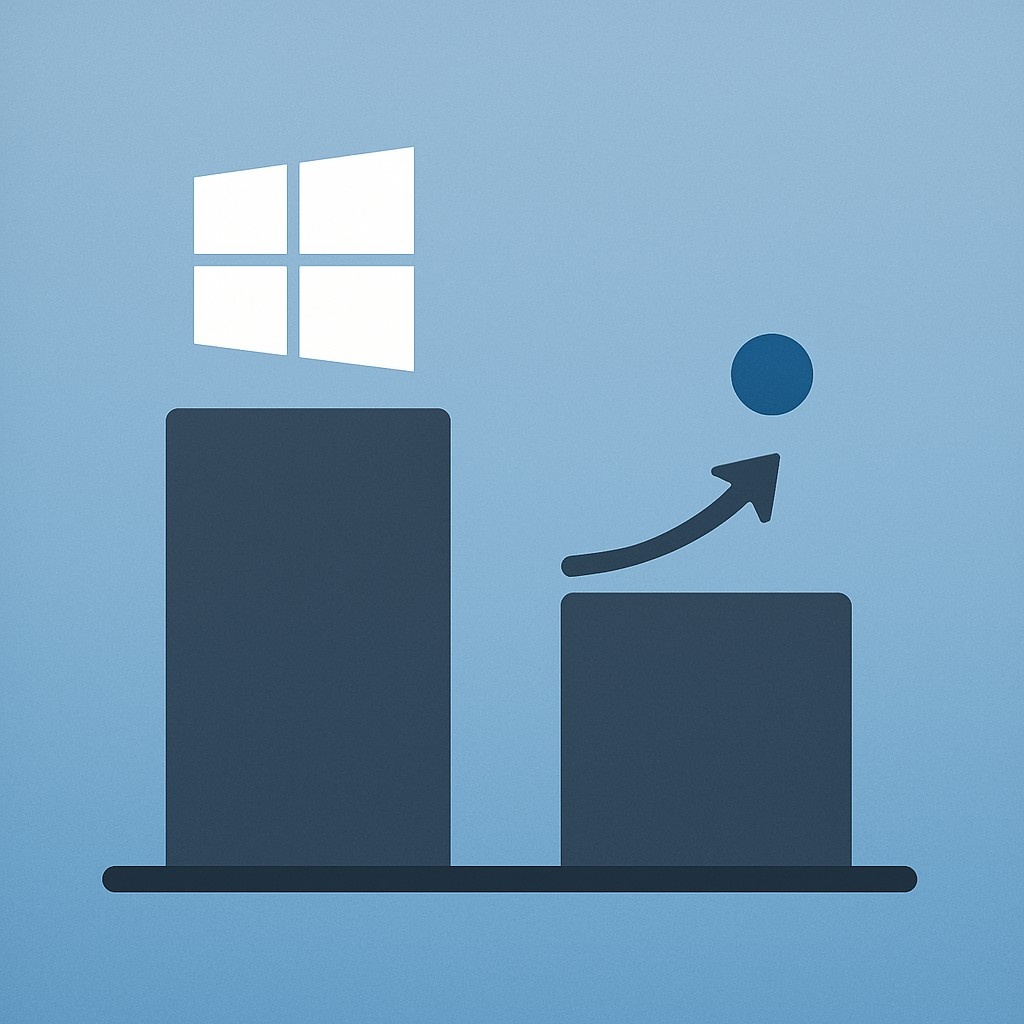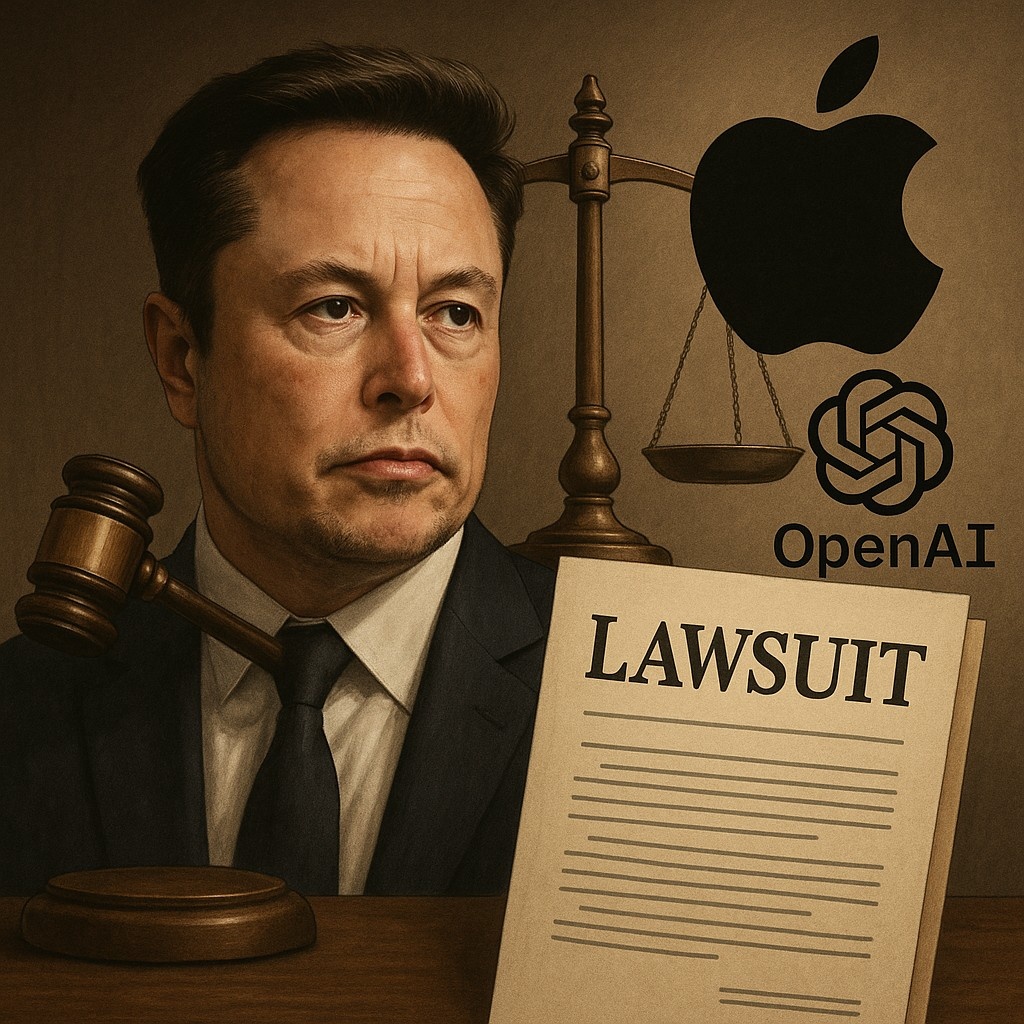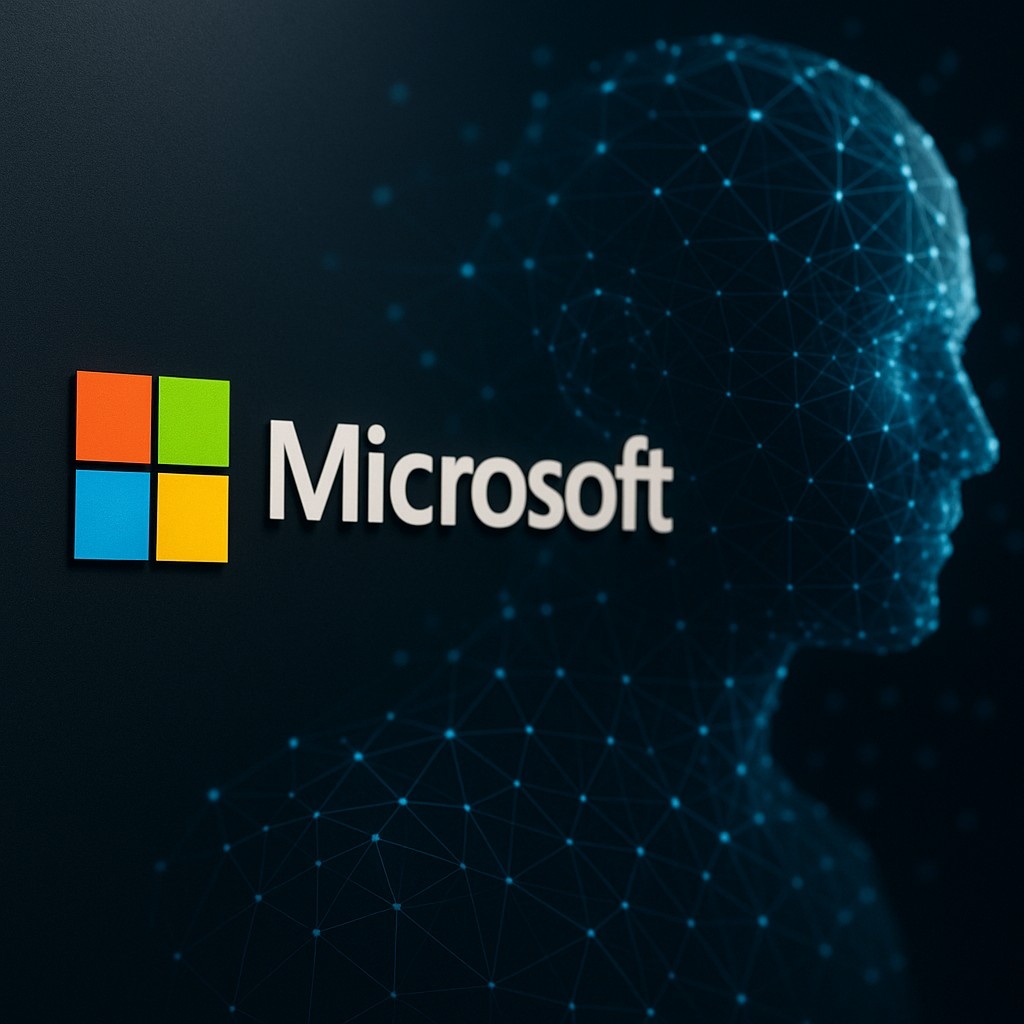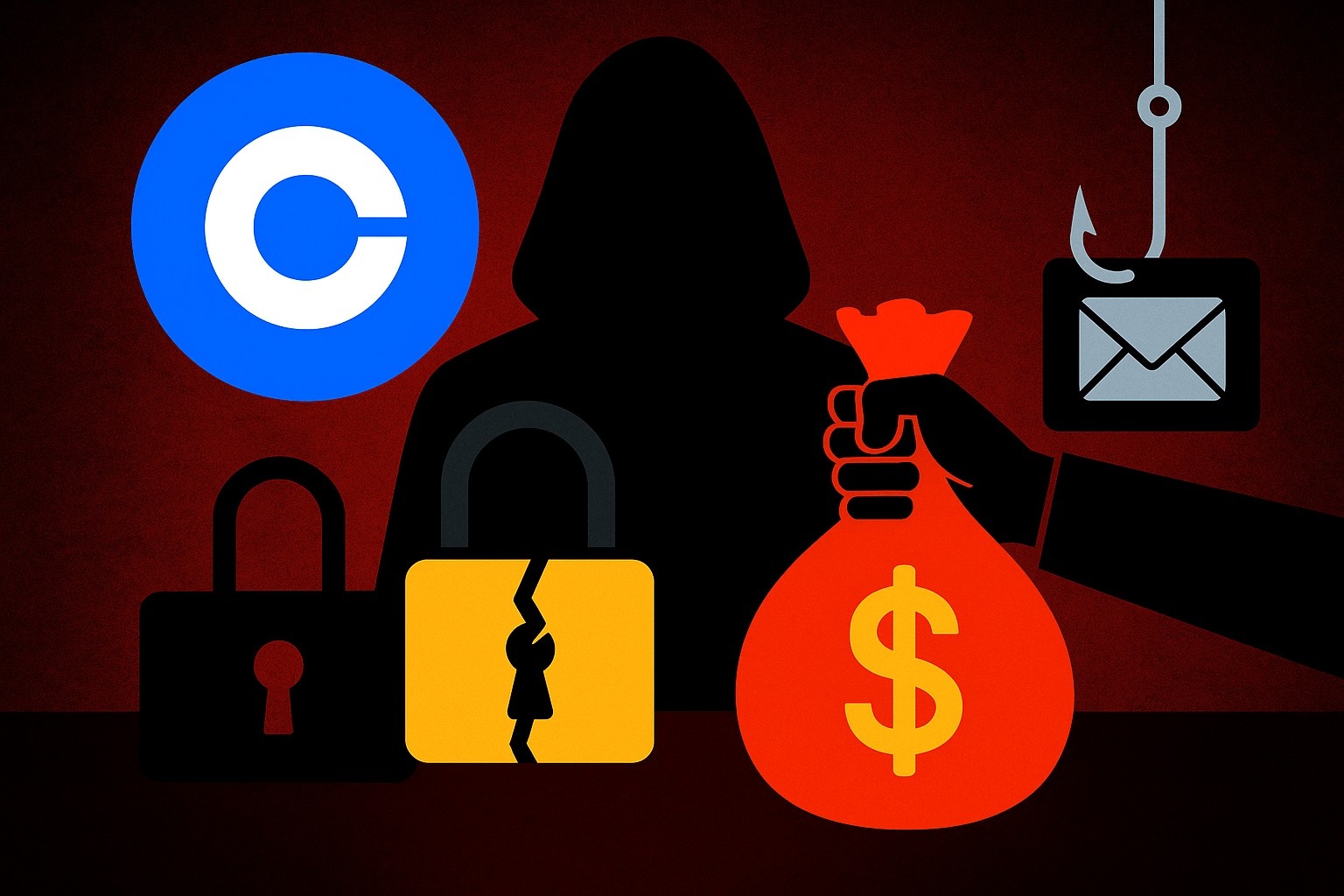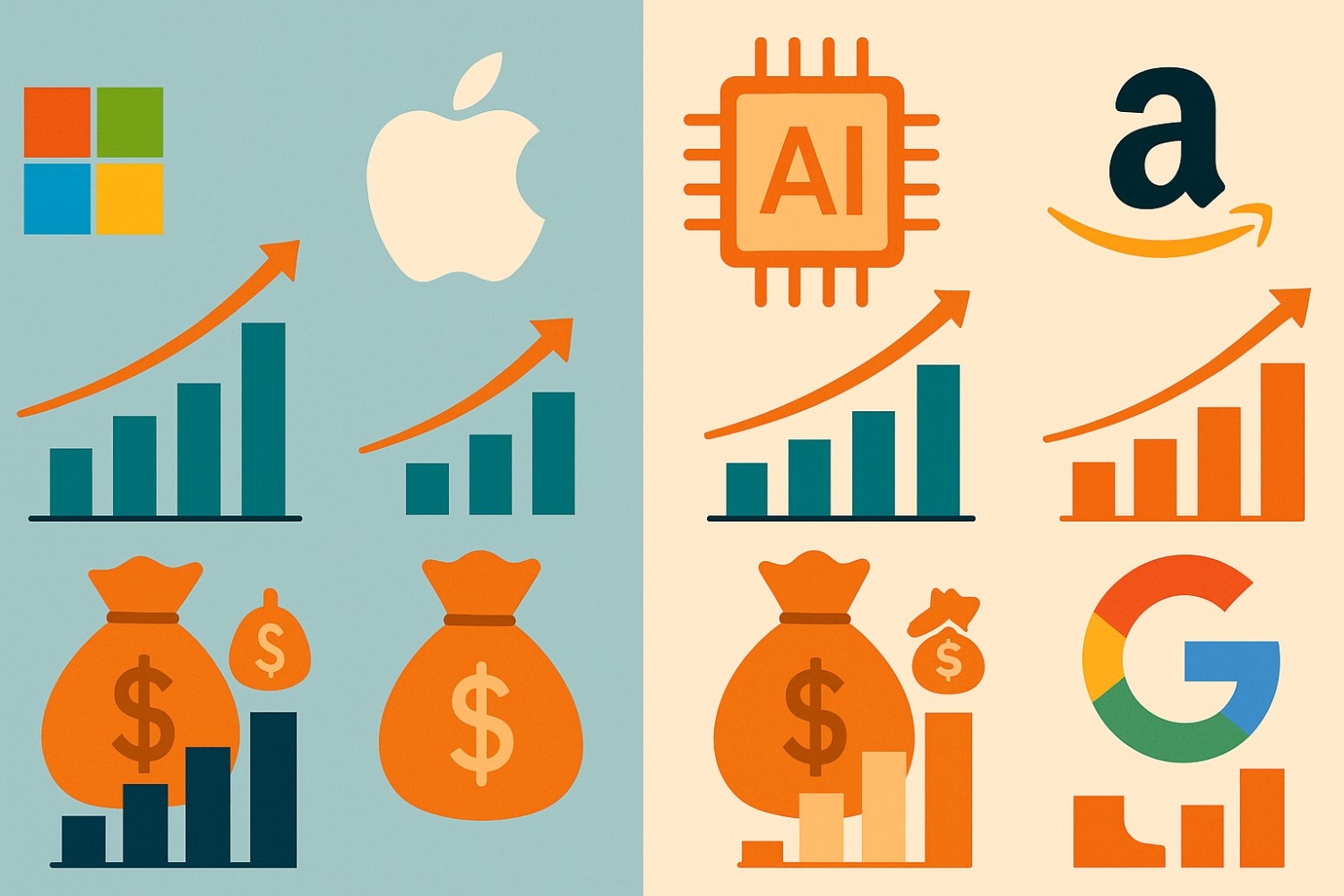Introduction: A Trend Microsoft Didn’t Expect
Microsoft launched Windows 11 with the goal of moving the world’s PC users onto a modern operating system—complete with a sleek design, AI features, and a promise of better productivity. For a time, adoption looked strong. Windows 11 crossed the 50% market share milestone earlier in 2025, signaling that it was finally overtaking Windows 10.
But according to new StatCounter data, that momentum has slowed. As of August 2025, Windows 11’s share has slipped below 50%, while Windows 10—just weeks away from its end-of-life deadline in October 2025—is actually regaining users. Even more surprisingly, Windows 7, which hasn’t had support for years, ticked up slightly in global usage.
This reversal sends a clear message: many users and businesses are not ready to move on from older versions of Windows.
The Numbers: Where Things Stand in August 2025
Windows 11 Slides Back
- Windows 11: 49.08% of global Windows usage Down from earlier highs above 50% Shows a downward trend instead of steady growth
Windows 10 Rises Again
- Windows 10: 45.65% share Gaining ground even as support ends in October 2025 Suggests users are sticking with familiarity
Windows 7 Holds On
- Windows 7: 3.5% share A small increase, but notable for an OS officially abandoned years ago
(Source: StatCounter Global Stats)
Why Are People Avoiding Windows 11?
- 1. Strict Hardware Requirements: Windows 11 demands TPM 2.0, Secure Boot, and newer processors. Millions of perfectly usable PCs fail this check, leaving users with two choices: buy new hardware or stick with Windows 10. Many are choosing the latter.
- 2. Business Conservatism: Companies often lag behind consumers in upgrading OS versions. Compatibility testing, employee training, and stability are more important than being on the latest release. For IT teams, Windows 10 is “good enough.”
- 3. Extended Support Options: Microsoft is offering Extended Security Updates (ESU) for Windows 10. This means businesses and even some consumers can pay to keep Windows 10 patched past its end-of-life. That reduces the urgency to move to Windows 11 immediately.
- 4. User Familiarity and Comfort: People don’t like forced change. Windows 10 is stable, familiar, and still runs nearly all apps. For many, Windows 11 feels like an unnecessary step.
A Look Back: The Rollercoaster of Windows 11
This shows adoption is not a straight line upward. It’s more like a tug-of-war between the new OS and the familiar old one.
Why Microsoft Should Be Concerned
Just weeks before Windows 10’s October 2025 cutoff, Microsoft would expect users to be rushing to upgrade. Instead, many are digging in. The small rise in Windows 7 usage is symbolic: some users refuse to leave older systems, no matter the risk. If millions of devices continue running Windows 10 (or 7) past end-of-life, it will create massive security risks.
What Happens Next?
- 1. Windows 10 End-of-Life Push: Once support officially ends in October 2025, more users may finally move. But if ESU proves affordable, many businesses may choose to pay for extended support instead.
- 2. Hardware Upgrades Drive Adoption: As old PCs age out and new ones ship with Windows 11 by default, the share will naturally rise. But this is a slow process.
- 3. Pressure on Microsoft: Microsoft may need to offer clearer migration paths or more upgrade flexibility to convince hesitant users.
Summary Table
| Operating System | Share (Aug 2025) | Trend | Status |
|---|---|---|---|
| Windows 11 | ~49.08% | Declining | Active support |
| Windows 10 | ~45.65% | Rising again | End-of-life October 2025 |
| Windows 7 | ~3.5% | Slightly up | Unsupported for years |
Conclusion: A Stalemate in the Windows World
Windows 11 was supposed to be the future of Microsoft’s desktop dominance. But as of now, adoption is stuck below 50%, while Windows 10 refuses to fade away. The small but symbolic rise of Windows 7 only adds to Microsoft’s challenge.
The next two months are critical. Will users finally migrate as Windows 10 support ends, or will Microsoft face a stubborn user base unwilling to budge? One thing is clear: the transition to Windows 11 isn’t smooth—and it may take far longer than Microsoft planned.
